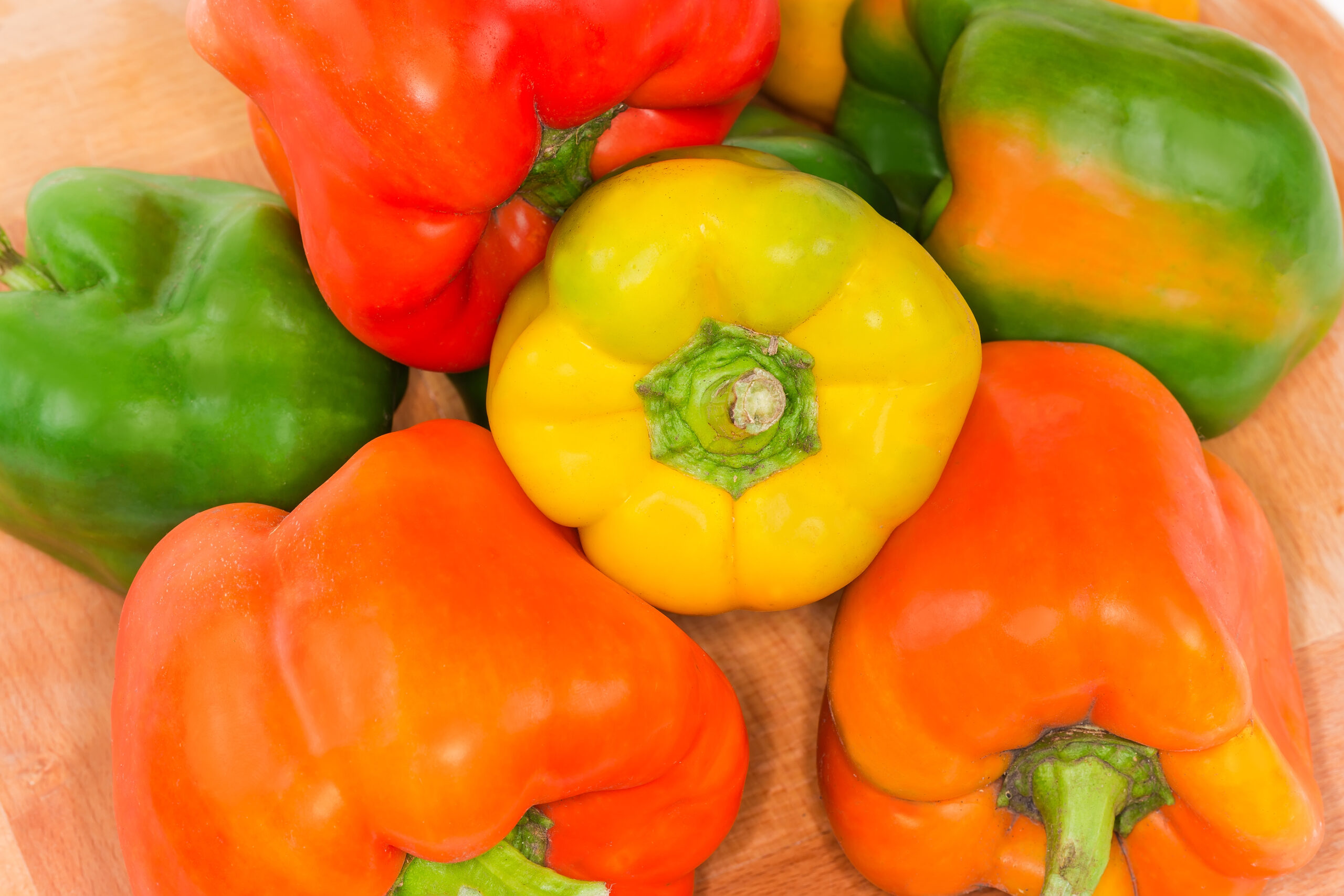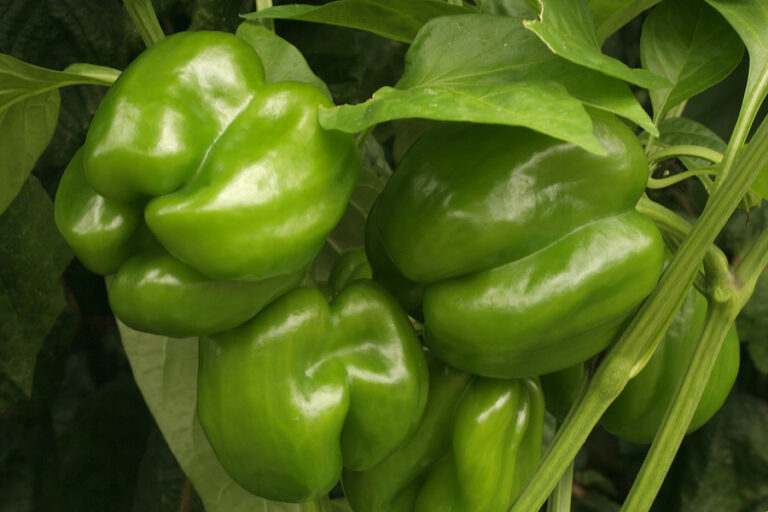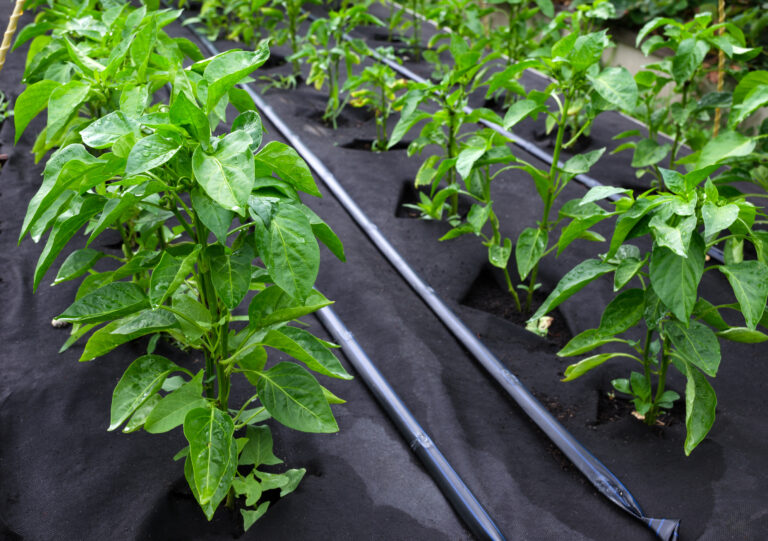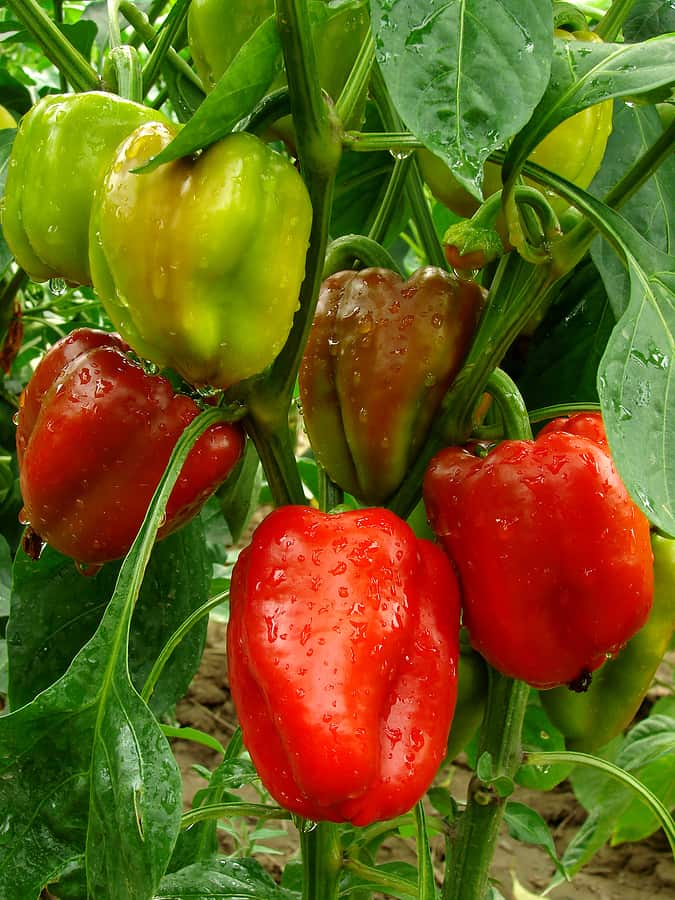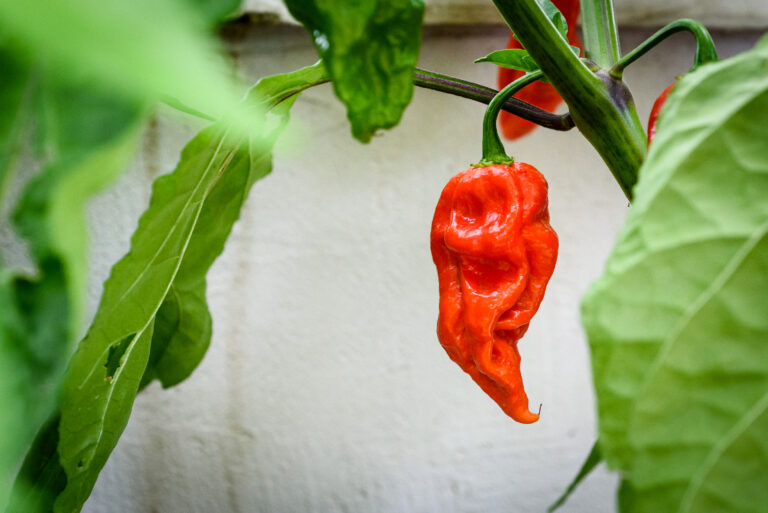Growing Colored Bell Peppers: How to Get Reds, Yellows, and Oranges
Few garden sights are as cheerful as ripening bell peppers turning from green to brilliant shades of red, yellow, or orange. Growing colored bell peppers successfully requires patience, warmth, and the right variety. After more than 30 years of growing peppers, I’ve learned that color development depends as much on variety choice and growing conditions as it does on time and temperature. Here’s how to bring vivid color to your pepper harvest.
1. Choose the Right Varieties
Not all bell peppers mature to bright colors—some stay green. Select cultivars bred for full color development:
- Red Peppers: ‘King Arthur’, ‘Red Knight’, ‘Carmen’
- Yellow Peppers: ‘Golden California Wonder’, ‘Sunshine’, ‘Gypsy’
- Orange Peppers: ‘Orange Blaze’, ‘Valencia’, ‘Sweet Sunrise’
Expert Tip: Choose hybrid varieties with short maturity times if you live in a cooler region; they color up faster.
2. Understand the Color Ripening Process
All bell peppers start out green. As they mature, they gradually change color, becoming sweeter and more nutrient-rich.
- Green → Yellow → Orange → Red (varies by variety)
- The color change occurs as chlorophyll breaks down and sugars increase.
Experience Insight: In my garden, peppers left on the vine at least two extra weeks after full size develop the deepest color and richest flavor.
3. Provide Warmth and Consistent Care
Colored bell peppers need warm, steady temperatures—ideally 70–85°F (21–29°C) during the day.
- Plant after soil temperatures reach 65°F.
- Use black plastic mulch or raised beds to warm the soil.
- Water consistently but avoid overwatering—wet roots slow ripening.
Expert Note: A dry spell followed by heavy watering can cause fruit cracking; maintain even soil moisture for the best results.
4. Feeding for Color Development
Bell peppers are heavy feeders. Use a balanced fertilizer (5-10-10) or organic compost to support color transition.
- Too much nitrogen produces lush leaves but delays ripening.
- Supplement with calcium to prevent blossom-end rot.
Experience Insight: I feed my peppers with a light compost tea every two weeks during fruiting—it encourages steady ripening and vivid color.
5. Harvesting for Full Flavor and Color
- Harvest when peppers reach full, glossy color and feel firm.
- If cold weather threatens, harvest mature green peppers and allow them to color indoors on a sunny windowsill.
Expert Tip: Sunlight, not just warmth, is crucial—peppers ripen more evenly when plants get at least 6–8 hours of direct sunlight daily.
Conclusion
Growing colored bell peppers takes patience and careful attention to warmth, nutrition, and variety. With the right growing conditions, you can harvest peppers in brilliant reds, yellows, and oranges that are sweeter, richer, and more nutritious than green ones. The reward—a basket of rainbow-colored peppers—is worth every week of care.
Colored Bell Pepper Varieties, Color Maturity, and Days to Harvest
| Variety Name | Final Color | Days to Maturity (from transplant) | Flavor Profile | Notes & Growing Tips |
|---|---|---|---|---|
| King Arthur | Red | 70–75 days | Sweet, crisp | Reliable producer; good choice for cooler regions. |
| Red Knight | Red | 65–70 days | Very sweet | Thick-walled fruits; excellent disease resistance. |
| Carmen | Red | 75–80 days | Sweet, rich | Italian-type; elongated fruits ripen early to deep red. |
| Golden California Wonder | Yellow | 75–80 days | Mild, fruity | Classic bell shape; great for stuffing or salads. |
| Sunshine | Yellow | 70–75 days | Sweet, bright flavor | Compact plants ideal for containers or small gardens. |
| Gypsy | Yellow to orange-red | 60–65 days | Mild, crisp | Early maturing; performs well in short-season areas. |
| Orange Blaze | Orange | 65–70 days | Juicy, fruity-sweet | AAS winner; early ripening with high yields. |
| Valencia | Orange | 70–75 days | Rich, aromatic | Thick walls and excellent for roasting. |
| Sweet Sunrise | Orange | 70–80 days | Balanced, sweet | Uniform fruits that ripen early and evenly. |
My Experience
In my raised beds, orange varieties like Sweet Sunrise tend to color first, followed by yellows and then reds. Warmer soil and consistent watering make a big difference in speeding ripening without sacrificing sweetness.
🌶 Peppers Growing Hub
Start here:
- How to Plant and Grow Hot Peppers: A Gardener’s Guide to Spicy Success
- How to Grow Sweet Peppers: A Gardener’s Guide to a Bountiful Harvest
Getting Peppers Started (general prep)
- Seed Starting Peppers: Proven Method for Strong, Healthy Plants
- Soil Preparation for Peppers: The Secret to Strong Roots and Big Harvests
- Best Hot Pepper Varieties to Grow for Salsas, Sauces, and Drying
- Best Sweet Pepper Varieties to Grow
- World’s Hottest Peppers You Can Grow in Your Garden
- The Science of Pepper Heat: Understanding Scoville Units
- Growing Peppers Indoors Under Lights
- Companion Planting with Peppers: Best and Worst Neighbors in the Garden
Planting & Growing Peppers
- When and How to Transplant Pepper Seedlings Outdoors
- 10 Steps to Grow a Bumper Pepper Crops
- How to Grow Hot Peppers in Containers: Tips for Small Spaces
- 7 Tips for Growing Peppers in Pots
- How to Grow Colored Bell Peppers: How to Get Reds, Yellows, and Oranges
- Cross-Breeding Hot Peppers at Home: A Beginner’s Guide
- How to Water & Fertilize Sweet Bell Peppers for Maximum Yield
- Pruning Pepper Plants for Healthier Growth and Bigger Harvests
- Six Tips to Grow Peppers for Flavor
- Pepper Season Extension & Overwintering: How to Keep Plants Producing Longer
Pepper Care & Troubleshooting
- Pepper Pests, Diseases, and Problems—How to Fix Them Naturally
- Caring for Peppers: Mid-Season Problem Cures
- How to Increase the Heat of Hot Peppers Naturally
- Overwintering Pepper Plants Indoors
- How to Overwinter Pepper Plants in Any USDA Zone
Harvesting & Preserving Peppers
- When to Harvest Hot Peppers for Maximum Heat
- How to Harvest Sweet Peppers for the Best Flavor
- How to Preserve Hot Peppers: Drying, Fermenting & Pickling
- How to Ripen Green Peppers Indoors
- Saving Pepper Seeds for Next Year’s Crop
Cooking & Using Peppers
- Preparing and Serving Sweet Peppers – Harvest to Table
- Five Ways to Cook and Serve Chili Peppers
- Stuffed Peppers: Best Varieties for Cooking
- Cooking with Hot Peppers: Flavor & Safety Tips
- How to Handle Hot Peppers Without Burning Your Skin

